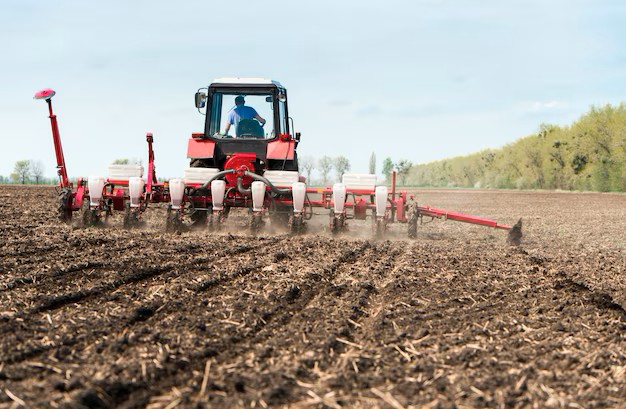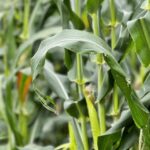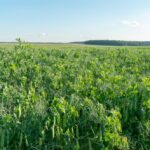Soil integrity is crucial for sustainable agriculture, as it directly affects crop productivity, water retention, and erosion control. While tillage is essential for seedbed preparation and weed control, improper use of tillage tools can degrade soil health by causing compaction, erosion, and loss of organic matter. To maintain soil integrity while using tillage tools, farmers should follow best practices that balance soil aeration and structure preservation.
1. Choose the Right Tillage Tool for the Job
Different tillage tools serve various purposes, and selecting the appropriate equipment ensures minimal soil disturbance.
- Chisel plows help break up compacted layers without inverting the soil, preserving organic matter.
- Disc harrows are useful for mixing crop residues into the soil but should be used moderately to prevent excessive disturbance.
- Strip tillage equipment disturbs only the planting row while leaving the rest of the field intact, reducing erosion risks.
- No-till seed drills promote soil health by allowing direct seeding without prior soil disturbance.
2. Practice Conservation Tillage
Conservation tillage reduces soil disruption while improving water infiltration and organic matter retention. Techniques include:
- Reduced tillage, which limits passes over the field to minimize soil compaction.
- Strip tillage, where only narrow strips are tilled, preserving soil structure in untouched areas.
- No-till farming, which eliminates traditional plowing altogether to maintain soil stability.
3. Avoid Over-Tilling
Excessive tillage can break down soil aggregates, leading to compaction, reduced microbial activity, and erosion. To prevent this:
- Till only when necessary to break hardpan layers or manage weeds.
- Avoid multiple passes with heavy machinery, which can degrade soil structure.
- Use lighter equipment or controlled traffic farming to reduce pressure on the soil.
4. Maintain Residue Cover
Leaving crop residues on the soil surface enhances moisture retention, prevents erosion, and supports soil organisms. Best practices include:
- Using cover crops to protect the soil between growing seasons.
- Adjusting tillage equipment to incorporate residues without complete breakdown.
- Practicing rotational tillage to allow some areas to recover while others are worked.
5. Monitor Soil Moisture Conditions
Tilling when the soil is too wet can lead to compaction, while tilling in dry conditions may create excessive dust and degrade soil structure.
- Perform a simple soil moisture test by squeezing a handful of soil; it should be slightly moist but not sticky.
- Wait for ideal moisture conditions before tilling to preserve soil integrity.
6. Implement Crop Rotation and Cover Crops
Rotating crops and planting cover crops enhance soil health by:
- Reducing pest and disease buildup.
- Improving soil organic matter and microbial diversity.
- Preventing erosion and improving nutrient availability.
7. Use GPS and Precision Agriculture Techniques
Modern precision agriculture tools help optimize tillage by:
- Mapping soil compaction zones to determine targeted tillage needs.
- Controlling depth and pressure of tillage equipment to prevent unnecessary soil disturbance.
- Reducing fuel usage and costs through efficient field passes.
Maintaining soil integrity with tillage tools requires a balance between soil preparation and conservation. By selecting the right equipment, practicing conservation tillage, avoiding over-tilling, and incorporating crop rotation, farmers can protect their soil while ensuring long-term productivity. Sustainable tillage practices contribute to healthier soils, better yields, and improved environmental outcomes.
Join 'Farmers Mag' WhatsApp Channel
Get the latest Farming news and tips delivered straight to your WhatsApp
CLICK HERE TO JOIN






